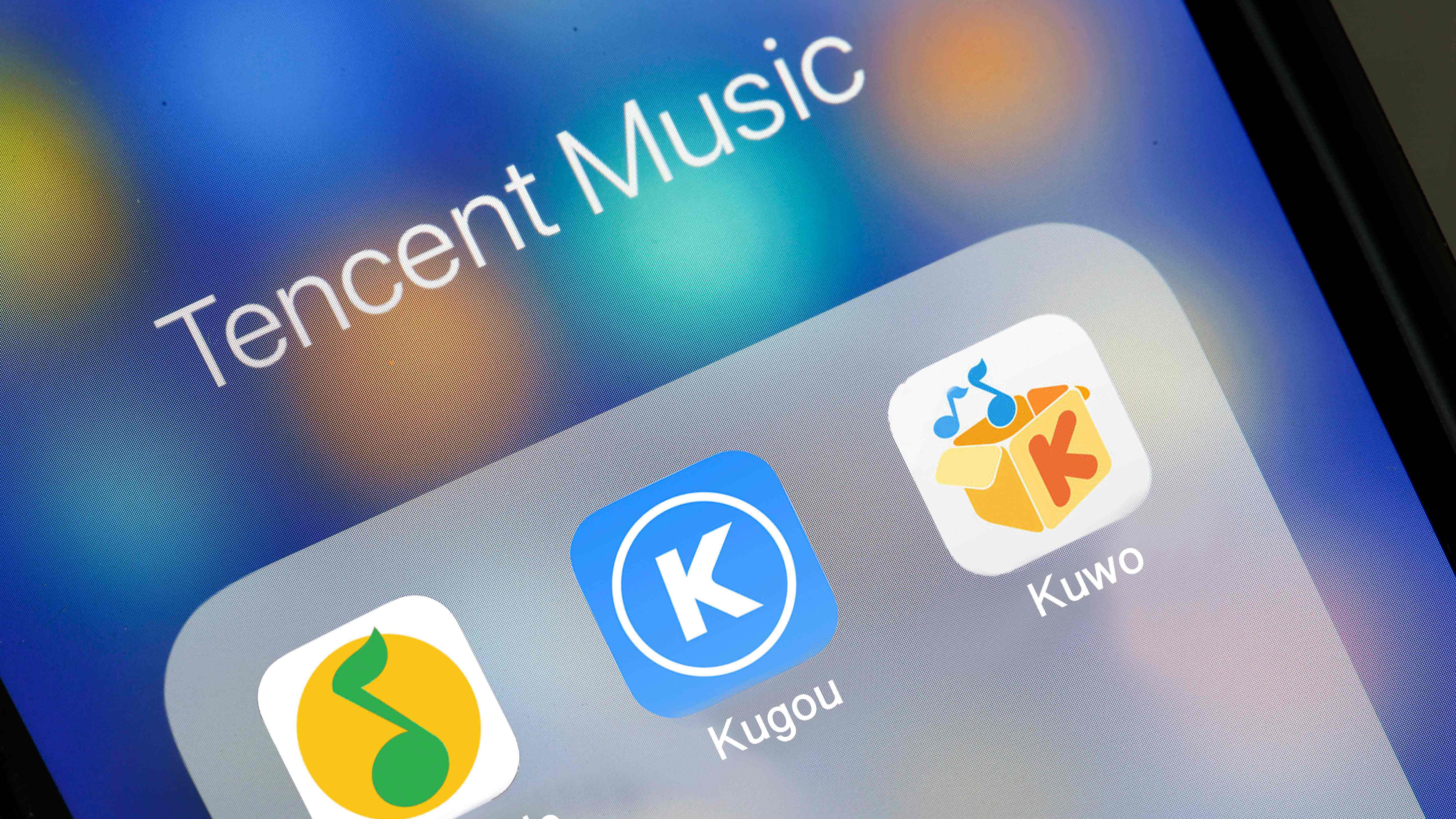
Money Stories
16:54, 24-Apr-2019
China's digital music market expands with rising subscriptions
Huo Li

Revenue of China's digital music market hit 7.63 billion yuan (1.14 billion U.S. dollars) in 2018. iResearch, a consulting group, estimates that subscription will contribute 77 percent of the total revenue when the digital music revenue expands to 42 billion yuan in 2023.
A couple of reasons combined to fuel the digital music market growth, starting with strict rules on intellectual property protection. Chinese authorities launched an operation named "Sword Net" in 2015. The operation demanded that digital streaming outlets take down unlicensed music. The country's digital music market saw a 113.2 percent year-on-year growth on revenue that year.
Before "Sword Net" took place, music platforms depend heavily on advertising. Advertisement contributed more than half of the revenue from 2013 to 2015. The percentage dropped to 23 percent in 2018, when subscription took up 59 percent and IP management 18 percent share of the total revenue.
Raising internet population and established online payment system contribute indirectly to China's digital music market growth. As of June 2018, 802 million people use the internet in China, among whom, 98.3 percent access the internet from mobile devices, according to China Internet Network Information Center. The country's popular mobile payment apps such as WeChat Pay and Alipay make paying for digital music just several clicks away.
Large market for digital music
The 2019 International Federation of the Phonographic Industry (IFPI) annual Global Music Report rank China as the seventh largest music market in 2018.
There were 255 million users of paid streaming services globally at the end of 2018, with paid streaming accounting for 37 percent of total recorded music revenue, the report said.
Paid audio streaming saw a 29.5 percent growth in Asia and Australasia in 2018. The region posted an 11.7 percent growth last year to become the second largest market for combined physical and digital revenue, data from the report shows.
Monthly subscriptions to Chinese music streaming apps cost around three dollars. Those who pay for membership get features such as offline listening and high-quality audio which works similarly to Spotify Premium.

A girl listening to music while waiting for the subway. /VCG Photo
A girl listening to music while waiting for the subway. /VCG Photo
There are success stories where music platform contributes to original music exposure. Olly Murs' song "That Girl" was covered by a Chinese student in 2018, the 15 seconds video went viral which subsequently boosted Olly's streaming rates. The song went number one on music platforms including QQ music (owned by Tencent Music). Olly held a concert in China this April and "the original singer of the hit song 'That girl'" was added to the promotion line.
Major players
Tencent Music Entertainment (TME), China's biggest music streaming company, began trading in New York in December 2018. It raised close to 1.1 billion U.S. dollars in its initial public offering to reach a market value of some 21.3 billion U.S. dollars.
TME has a strong grip on the market, claiming 800 million users, three times more than Spotify, but less than four percent of those users pay for subscription compares with 45 percent on Spotify. TME owns music services including QQ Music, Kugou Music, Kuwo Music and WeSing.
Tencent has been putting some new releases behind a paywall. Its rival platform, NetEase Cloud Music, has been experimenting with the same approach.
NetEase Cloud Music claims to reach 600 million users. It received a 600 million U.S. dollars injection from investors include Baidu and General Atlantic last November.
Alibaba's Xiami music is considered to be another major music platform in China, and it teamed up with NetEase Cloud Music last year to share music libraries in order to grow their respective repositories of songs.
While only 5.3 percent of users pay for music on Chinese digital music platforms in 2018, iResearch estimates the proportion will rise to eight percent by 2020.

SITEMAP
Copyright © 2018 CGTN. Beijing ICP prepared NO.16065310-3
Copyright © 2018 CGTN. Beijing ICP prepared NO.16065310-3